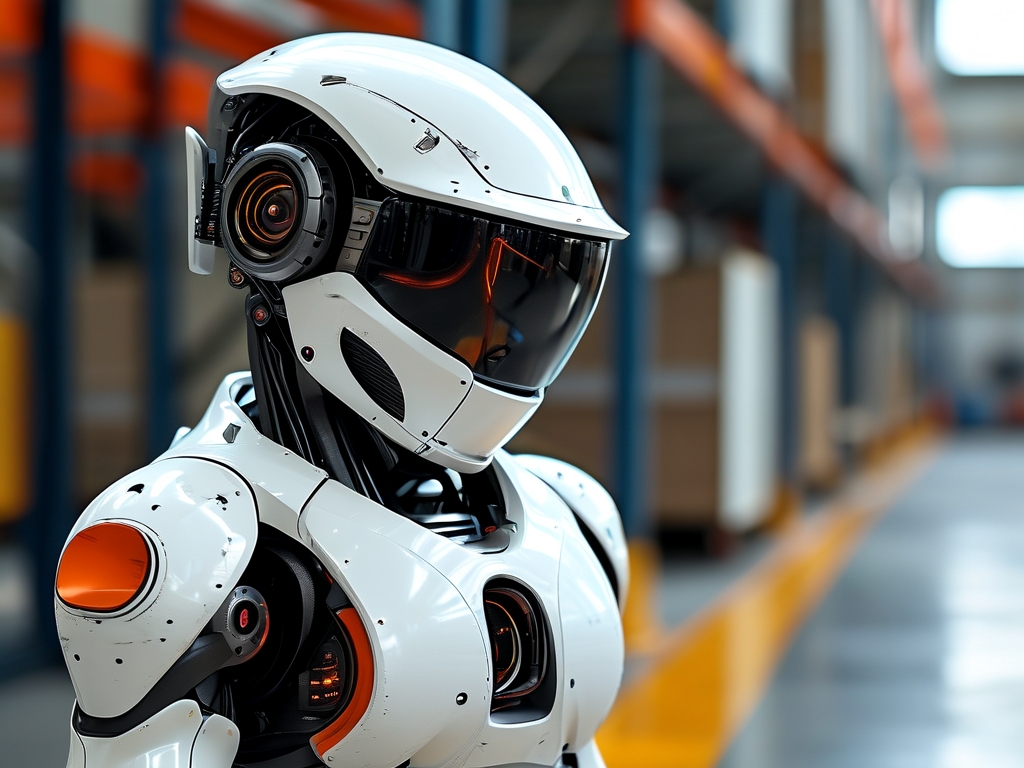The integration of intelligent recognition technology into inspection robotics has revolutionized industries ranging from manufacturing to energy infrastructure. By leveraging advanced algorithms, sensor fusion, and machine learning, modern inspection robots can autonomously detect anomalies, assess risks, and deliver actionable insights with unprecedented accuracy. This article explores the core components of intelligent recognition systems, their applications, challenges, and future trends in the field of automated inspection.

Core Technologies Behind Intelligent Recognition
-
Computer Vision: Modern inspection robots rely on high-resolution cameras and LiDAR systems to capture detailed visual and spatial data. Deep learning models, such as convolutional neural networks (CNNs), process this data to identify defects like cracks, corrosion, or misalignments. For example, in oil and gas pipelines, robots equipped with thermal imaging cameras can detect leaks invisible to the naked eye.
-
Multi-Sensor Fusion: Combining data from infrared sensors, ultrasonic detectors, and gas sensors enables robots to perform comprehensive environmental assessments. In nuclear facilities, robots use radiation sensors alongside visual systems to map hazardous zones while avoiding human exposure.
-
Edge Computing: To reduce latency, many robots now process data locally using edge computing modules. This allows real-time decision-making in time-sensitive scenarios, such as identifying electrical faults in power grids before they escalate.
Applications Across Industries
-
Industrial Manufacturing: In automotive assembly lines, robots equipped with 3D scanning technology inspect welds and paint quality at micron-level precision. A case study from a German automaker showed a 40% reduction in production downtime after deploying AI-driven inspection systems.
-
Energy Sector: Wind turbine inspection robots use drone-mounted cameras and AI algorithms to analyze blade integrity. By identifying micro-fractures early, maintenance costs can be lowered by up to 30%, according to a 2023 industry report.
-
Civil Infrastructure: Bridge inspection robots employing ground-penetrating radar and machine learning predict structural weaknesses. In Japan, such systems have improved inspection efficiency by 70% compared to manual methods.
Challenges and Limitations
-
Data Complexity: Processing terabytes of heterogeneous data (e.g., visual, thermal, acoustic) requires robust computational resources. False positives remain a concern; for instance, shadows or dust particles may be misclassified as defects.
-
Real-Time Constraints: While edge computing helps, mission-critical environments like chemical plants demand sub-second response times. Current hardware limitations sometimes force trade-offs between accuracy and speed.
-
Environmental Adaptability: Harsh conditions—extreme temperatures, electromagnetic interference, or underwater environments—challenge sensor reliability. Underwater inspection robots for offshore oil rigs, for example, require pressure-resistant housings and anti-fouling camera systems.
Future Directions
-
Explainable AI (XAI): Developing transparent algorithms will enhance trust in robotic inspections, particularly in regulated sectors like aerospace. XAI tools could visually highlight defect reasoning processes for human validators.
-
Swarm Intelligence: Coordinated fleets of inspection robots could cover larger areas collaboratively. Research at MIT demonstrates how drone swarms use shared neural networks to optimize inspection routes in solar farms.
-
Self-Learning Systems: Future robots may continuously update their recognition models based on field data. A prototype by Siemens uses reinforcement learning to adapt its defect-detection criteria for evolving machinery designs.
Ethical and Regulatory Considerations
As robots take over high-risk inspection tasks, questions arise about accountability for missed defects. Regulatory frameworks must evolve to address liability issues, while ensuring AI models are free from biases that might overlook certain failure modes.
Intelligent recognition technology has transformed inspection robotics from passive data collectors to proactive diagnostic tools. While challenges persist in data processing and environmental adaptation, ongoing advancements in AI and hardware promise to unlock new frontiers. As industries increasingly adopt these systems, the synergy between human expertise and robotic precision will define the next era of industrial safety and efficiency.

